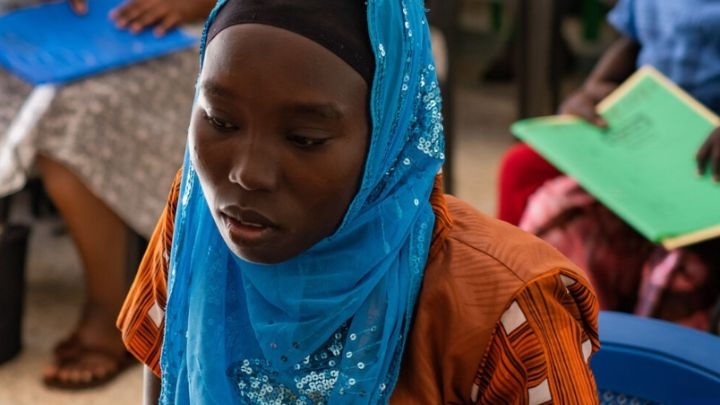Addressing the Global Health Funding Crisis with Private Finance and the Call for Self-Reliance
- hace 1 día
- 3 Min. de lectura

A silent emergency is gripping the world’s most vulnerable health systems: a severe and consistent fall in international aid has sparked a profound Global Health Funding Crisis. Since 2021, funding for health services in low- and middle-income countries (LMICs) has dropped steeply, with major donors like the United States and European nations cutting billions of dollars. This crisis has intensified to the point that external health aid is projected to decline by 30% to 40% in 2025 compared to 2023 levels.
The impact of this withdrawal is immediate and devastating. Survey data from 108 LMICs in March 2025 indicated that funding cuts have reduced critical services—including maternal care, vaccination, and disease surveillance—by up to 70% in some areas. Furthermore, more than 50 countries have reported job losses among health and care workers.
In this breach, there has been a clamor for the financialization of the global health industry, welcoming sophisticated tools of Private Finance like private equity firms, hedge funds, and investment banks. This approach, promoted as "investment," seeks to fill financing gaps but operates on the explicit premise of generating a financial return for wealthy investors.
Experts warn that this pivot toward Private Finance is profoundly flawed. At the heart of this shift lies a fundamental contradiction: promoting health for the poorest while simultaneously enabling double-digit profits for investors. This financialization facilitates the extraction of money from global health through mechanisms such as interest payments, dividends, and share buybacks. For example, a study identified $879 million in interest payments made to bondholders from government aid budgets through Gavi’s International Finance Facility for Immunisation (IFFIm).
When investor returns are prioritized, human health objectives suffer. The World Bank’s Pandemic Emergency Financing Facility (PEF), for instance, applied overly restrictive criteria to delay the release of funds; when COVID-19 struck, the PEF only paid out four and a half months after the first cases were reported, having focused on mandatory investor thresholds rather than speed of response. Moreover, this focus on revenue generation has tangible human costs, with reports documenting rights abuses in corporate hospitals, including the denial of emergency medical care and detention of users for non-payment of bills. Critics argue that financialization is code for "money making money on health" without developing the necessary infrastructure, staff, or systems required for human wellness.
Recognizing the gravity of the crisis, the World Health Organization (WHO) released new guidance in November 2025, urging policy-makers to seize the crisis as an opportunity for countries to transition away from aid dependency towards sustainable Self-Reliance based on domestic resources. The WHO guidance insists that health spending be viewed not merely as a cost, but as an investment in social stability and economic resilience.
The guidance recommends prioritizing services accessed by the poorest, protecting essential health budgets, improving efficiency through strategic purchasing, and integrating disease-specific programs into comprehensive Primary Health Care (PHC) models. Positive steps are already underway, with countries like Nigeria, Ghana, and Kenya allocating additional budget funds or awaiting parliamentary approval for increases to offset aid shortfalls.
While global solidarity is critical, the enduring path to stable health outcomes lies in strengthening government-organized, predominantly public health systems. Tackling the Global Health Funding Crisis requires not banking instruments designed to calculate loss risk, but rather broader efforts to expand public revenue through debt cancellation and addressing tax practices that undermine public funds. Ultimately, countries must build systems with sufficient safeguards to prevent the exploitation and corporatization of fragile healthcare infrastructure that the uncritical promotion of Private Finance invites.







